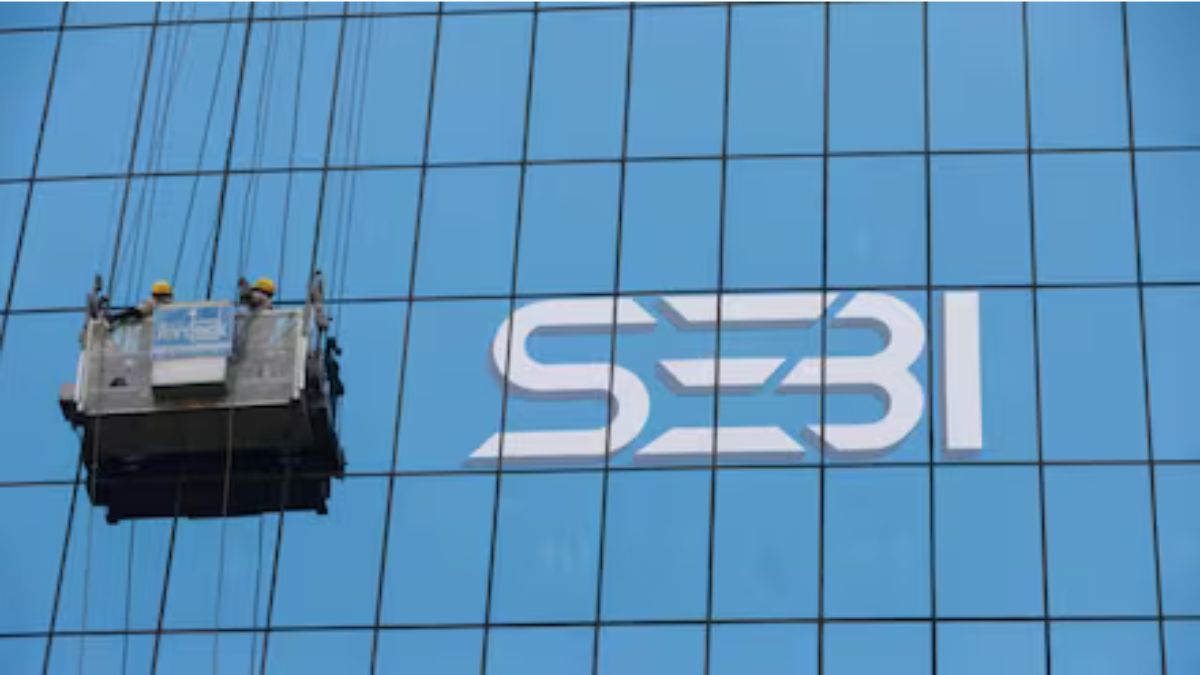
The Securities and Exchange Board of India (SEBI) has introduced a new circular detailing significant changes to index derivatives, set to take effect starting November 20, 2024. These updates are aimed at managing market risk and improving market efficiency, particularly as the derivatives market continues to grow in popularity.
In this article, we’ll break down the key changes and how they will impact traders, from increased contract sizes to new margin requirements and limitations on weekly expiry contracts.
SEBI’s New Rules for Index Derivatives
Here are 6 new rules of SEBI; that we are going to discuss one-by-one:
1. Increase in Contract Size for Index F&O
One of the most significant changes is the increase in the contract value for index futures and options (F&O) contracts. Currently, these contracts have a size ranging between ₹5 lakh to ₹10 lakh. Starting November 20, 2024, the contract size will be increased to between ₹15 lakh and ₹20 lakh.
- Impact on Traders:
The increase in contract size will result in proportionally higher margin requirements for traders. This may impact retail traders, especially those holding longer-term positions in index options. - Risk Consideration:
Traders with existing positions in longer-dated options could see their positions turn into odd lots as the new lot sizes won’t necessarily be a simple multiple of the old sizes. This change will be particularly noticeable in Nifty options.
2. No Calendar Spread Benefits on Expiry Day
SEBI is also eliminating margin benefits for calendar spreads on the day of contract expiry, starting February 1, 2025. A calendar spread involves holding positions in contracts that expire at different times, which typically reduces margin requirements.
- Example:
Let’s say you hold a short option expiring on January 31 and a long option expiring on February 28. Since the short position is hedged, you would usually receive a margin benefit. However, on the day of expiry (January 31), the margin benefit will no longer apply, and you will need to maintain the full margin for the short position.
This change is designed to manage the risk of unpredictable price movements that tend to occur on expiry days due to high trading volumes.
3. Limitation on Weekly Expiry Contracts
Under the new rules, stock exchanges will only be allowed to offer weekly expiry contracts for a single benchmark index. For example, NSE can offer weekly expiries for either Nifty 50 or Bank Nifty, but not both.
- Current Status:
Currently, NSE offers weekly expiries for four indices, while BSE offers them for two. This change will simplify the weekly expiry structure and potentially reduce volatility on expiry days. - Effective Date:
This rule will come into effect on November 20, 2024.
4. Additional Margins on Expiry Day
Another important update involves the introduction of an Extreme Loss Margin (ELM) of 2% on short positions (selling options) on the expiry day. This margin is designed to cover potential risks due to increased volatility.
- Example Calculation:
If you have a short position in a Nifty 27,000 call option with a margin requirement of ₹1 lakh, you will now need an additional margin of ₹12,500 (based on a 2% ELM).
This measure aims to protect both traders and the market from sharp movements in contract prices on expiry day.
5. Upfront Premium Collection for Option Buyers
To avoid the possibility of excessive leverage, SEBI has mandated that all option buyers must pay the entire premium upfront. While this change may seem minimal, it ensures that there are no hidden leverage opportunities for traders.
- Current Scenario:
At brokerage firms like Zerodha, this is already the norm, as they require option buyers to pay the full premium at the time of purchase. So, for most traders, this rule won’t represent a major change.
6. Intraday Monitoring of Position Limits
SEBI has also tightened its regulations on monitoring position limits for index derivatives. Currently, these limits are checked at the end of each trading day. Starting April 1, 2025, SEBI will begin monitoring position limits multiple times throughout the trading day. These limits are designed to prevent any single trader or broker from accumulating excessive positions that could destabilize the market.
- Position Limit Caps:
For individual clients, the position limit is set at 5% of the total number of all derivative contracts based on the same underlying asset. For brokers, the cap is set at 15% of all derivative contracts of the same underlying asset. - Why It Matters:
The new monitoring approach will allow exchanges and SEBI to catch potential breaches in position limits earlier in the trading day, preventing large position builds that could cause market disruptions. This proactive approach is aimed at improving market stability, particularly in times of high volatility.
Key Changes in SEBI Index Derivative Rules (Effective November 2024)
| Change | Details |
|---|---|
| Increase in Contract Size | ₹15-20 lakh contract sizes starting Nov 20, 2024 |
| Calendar Spread Margin Benefits Removed | No benefits on expiry day from Feb 1, 2025 |
| Weekly Expiry Contracts Limited | Only 1 benchmark index allowed per exchange for weekly expiry |
| Additional 2% ELM on Expiry Day | Applied to short positions (selling options) on expiry day from Nov 20, 2024 |
| Upfront Premium for Buyers | Full option premium to be collected upfront, already implemented in some firms |
| Intraday Position Limit Monitoring | Position limits to be checked multiple times a day from April 1, 2025 |
How These Changes Impact Traders
These new regulations will undoubtedly change the way traders approach index derivatives, particularly those who rely on calendar spreads, weekly expiries, or longer-term options strategies. The increased contract size will primarily impact small retail traders, as they may need to adjust their trading sizes or margin allocations. Meanwhile, the changes to margin benefits on expiry day could lead to tighter liquidity during the final hours of trading.
For institutional traders, the intraday monitoring of position limits and additional margins on expiry day will add another layer of risk management, particularly for those dealing with large positions.
On the upside, these regulations are designed to ensure more stability in the Indian derivatives market, reducing the likelihood of large-scale disruptions or high-volatility events that can disproportionately impact smaller investors.
Conclusion
SEBI’s new rules for index derivatives mark a significant shift in how traders will approach the market starting in November 2024. By increasing contract sizes, limiting weekly expiries, and tightening margin requirements, SEBI aims to ensure a more stable and resilient derivatives market, especially during volatile periods like contract expiry days.
While these changes may initially seem daunting, they ultimately provide a more secure environment for both retail and institutional traders. It’s essential for traders to review these new rules and adjust their strategies accordingly, particularly when it comes to managing margin requirements and expiry day positions.
Disclaimer
This article is intended for informational purposes only and should not be considered as financial advice. Trading in index derivatives involves risks, and it’s advisable to consult a financial professional before making any significant decisions.

